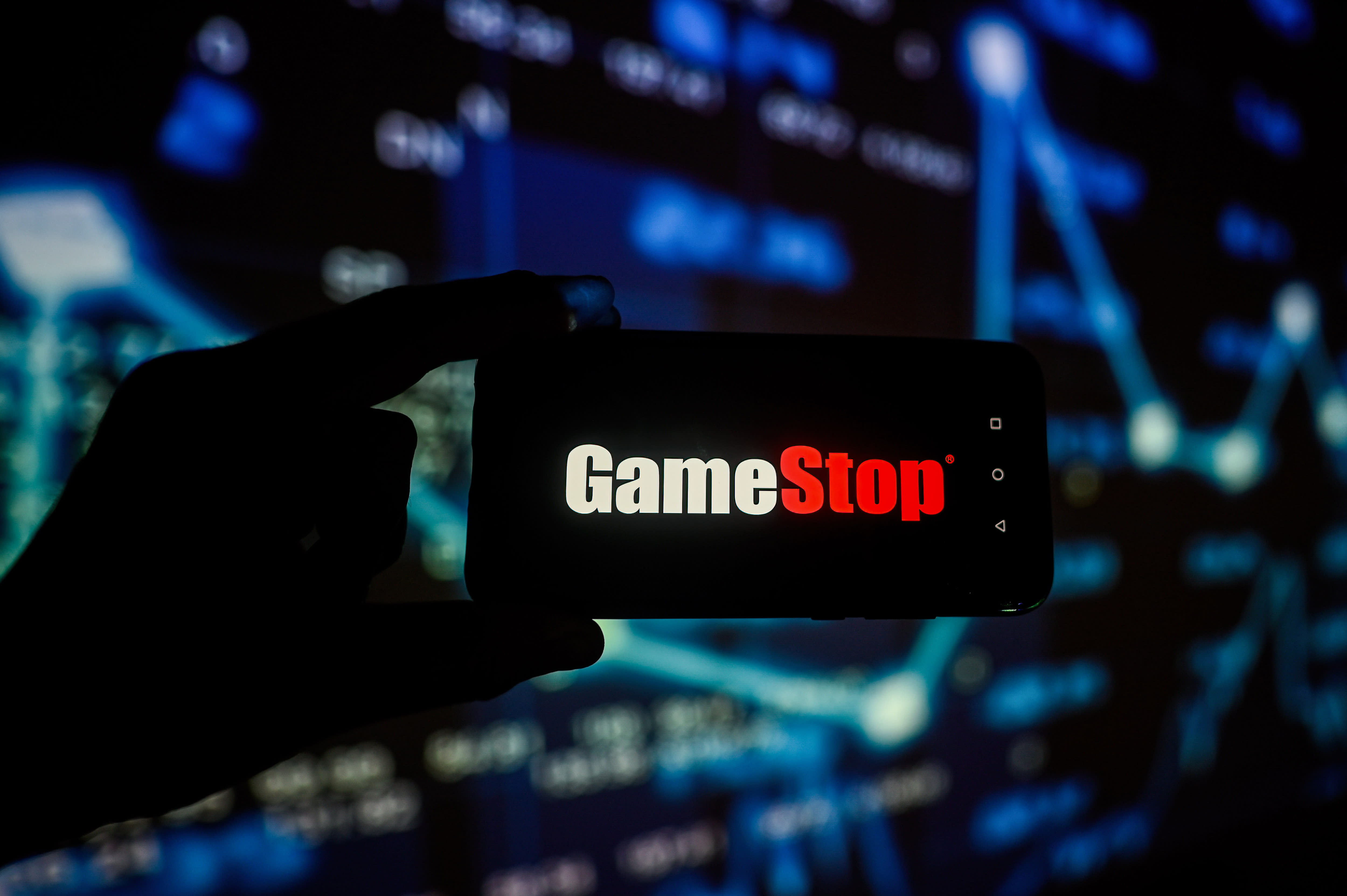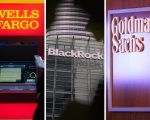
The return of “Roaring Kitty” sparked a jaw-dropping advance in GameStop shares Monday, but such a speculative rally in an unprofitable company will likely end badly once again. Roaring Kitty, the man who inspired the meme stock mania of 2021, resurfaced online with a cryptic image showing a man in a chair leaning forward. That was enough to spark a buying frenzy among amateur traders. Shares of GameStop surged as much as 110% higher with a slew of trading halts for volatility. However, from a fundamental standpoint, the brick-and-mortar video game company isn’t deserving of such a pop in the stock price. In late March, GameStop said it cut an unspecified number of jobs to reduce costs and reported lower fourth-quarter revenue amid rising competition from e-commerce-based competitors. “I don’t know of anything fundamental that would drive the stock this high,” Michael Pachter, Wedbush analyst covering GameStop, told CNBC. “They are not in a position to be profitable.” “They made $6 million last year and burned cash,” Pachter said. “We expect them to lose $100 million a year going forward. It’s a race to see if they can close stores fast enough to limit losses, but they have no plan that would suggest they can grow revenues or profits, and their core business is in decline.” GME 5D mountain GameStop Pachter has a underperform rating on GameStop and a $5.60 price target. At Monday’s peak, GameStop hit $38.20. During 2021’s mania, GameStop shares hit an all-time high of $120.75 intraday, adjusted for a subsequent 4-for-1 stock split in the summer of 2022. But as interest from individual investors eventually faded, the stock collapsed along with other meme names. GameStop hit a three-year low of $9.95 last month. The revival of the meme stock craze is happening at a relatively quiet time for the broader market, with the first-quarter earnings season winding down and the next Federal Reserve policy meeting about a month away. The Cboe Volatility Index , known as the VIX or Wall Street’s fear gauge, shot above 20 last month but it’s been trading around 13 as of late. Jeff deGraaf, chairman and CEO of Renaissance Macro Research, said while he’s not at all involved in the GameStop trade, he could be looking to take advantage of the wild swings in meme stocks. “We don’t traffic in that stuff, but as a rule, we are sellers of overbought downtrends. That’s all GME is to us,” deGraaf told CNBC. Still, the surge in the animal spirits could spell trouble for the broader market that is already fragile to the shifting expectations for the direction of interest rates. “If this is still the type of market we are in, perhaps Jerome Powell should raise interest rates to the moon,” Bernstein analyst Mark Schilsky said in a note to clients.







